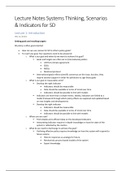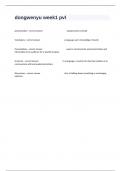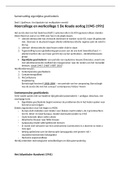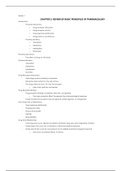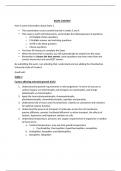Class notes
Full lectures notes for Systems Thinking, Scenarios & Indicators for SD
- Course
- Institution
- Book
Complete lecture notes for all the lectures of the course of Systems Thinking, Scenarios & Indicators for SD at Utrecht University, Master course Sustainable Development.
[Show more]
